Best Practices
The Best Practice section on the CE4CE knowledge platform serves as a comprehensive resource for public transport stakeholders.This section showcases successful case studies and innovative solutions from various cities, providing practical examples and insights into effective circular economy practices. This collection of best practices is designed to inspire and guide public transport operators, policymakers, and other stakeholders in adopting and scaling circular economy solutions within their own contexts.
An Electric Vehicle Charger Directly Connected to the Trolleygrid

Published on 2024-12-10
Resource: Best practice
Country: Netherlands
Competence Area: Enable, Energy.Transform., Infrastructure.Extend.
Arnhem Extends its Trolleygrid to Intercity Transport by Trolley2.0 Buses
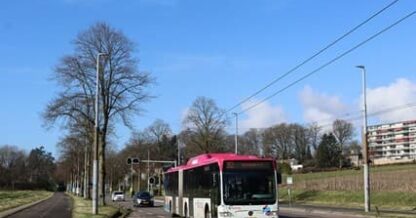
Published on 2024-12-10
Resource: Best practice
Country: Netherlands
Competence Area: Infrastructure.Avoid., Infrastructure.Extend.
Dutch Trams running on solar power transported directly to the overhead lines
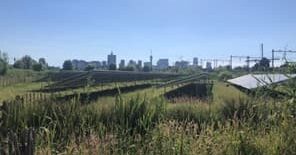
Published on 2024-12-10
Resource: Best practice, Other
Country: Netherlands
Competence Area: Energy. Avoid.
Study on Shared PV System Between Residential and Traction Grids
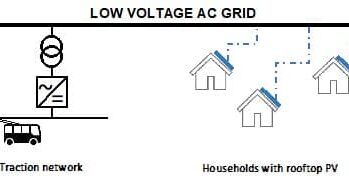
Published on 2024-12-10
Resource: Study
Country: International, Netherlands
Competence Area: Enable, Energy. Avoid., Infrastructure.Extend.
The role of sensors and predictive maintenance for digital optimization and improving the efficiency of public transport in Bergamo
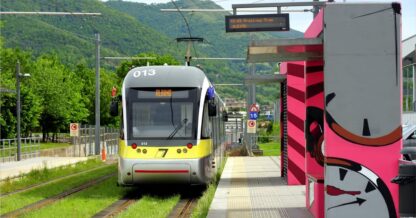
Published on 2024-12-09
Resource: Software
Country: Italy
Competence Area: Energy. Avoid., Energy.Extend., Infrastructure.Avoid., Infrastructure.Extend.
Description Amsterdam’s GVB Charging Buses from the Metro Third Rail
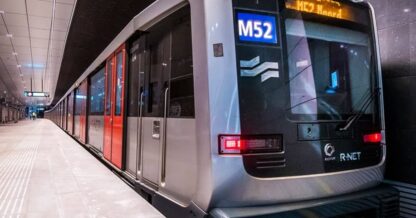
Published on 2024-09-25
Resource: Best practice
Country: Netherlands
Competence Area: Energy. Avoid., Infrastructure.Extend.
- 1
- 2